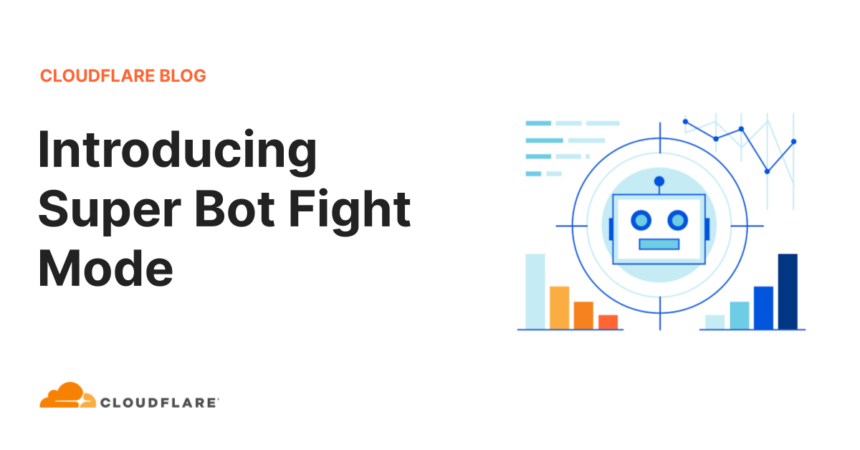AI’s ability to scrape and extract data has raised significant concerns as it becomes more integrated into our daily lives. Cloudflare, a leading web services provider, has introduced an innovative solution to prevent AI bots from stealing content. By setting up an AI labyrinth, Cloudflare aims to protect copyrighted content from being mined by AI crawlers without disrupting normal website functions.
What’s‘ Happening & Why This Matters
Cloudflare has unveiled a strategy to combat the growing problem of web scraping, particularly by AI bots. Web scraping involves bots that automatically mine content from websites, often to gather data for training generative AI models. These models, like those used by OpenAI, Meta, and Stability AI, require vast data for training, including potentially copyrighted content.
Cloudflare has responded with a clever tactic known as the AI labyrinth. This “”maze”” of web pages is designed to deceive bots into wasting their time on irrelevant content. The company described this as a honeypot strategy, where bots are lured into traversing AI-generated pages that look legitimate but are actually decoys. This approach prevents bots from scraping valuable data and helps Cloudflare catalog harmful actors in the process.

These decoy pages are made of scientifically accurate content but not proprietary to the site being targeted. They are invisible to human visitors, ensuring no disruption to the user experience. Furthermore, the labyrinth doesn’t’ interfere with a website’s’ search engine ranking or performance, making it a seamless solution to prevent AI bots from exploiting web content.
Cloudflare is already used by approximately 20% of all websites, providing a broad platform for this protection. This tool helps content creators, journalists, and companies safeguard their intellectual property from being used without permission. As AI technology permeates, protecting online content from unauthorized scraping is becoming increasingly important.
The problem of AI bots scraping content has sparked debates about copyright protection and the potential infringement of intellectual property. Some creators, particularly visual artists, are exploring ways to “”poison”” AI models by embedding decoy data that prevents the AI from mimicking their work. Others, like Reuters, are exploring legal action against companies that scrape content without permission.
These actions by Cloudflare come at a time when more tech companies are facing scrutiny over the ethical implications of their AI training processes. Some news agencies have even partnered with tech companies, allowing them to use their content in exchange for compensation. However, many still argue that the system is unfair and must be regulated to protect creators.
TF Summary: What’s‘ Next
Cloudflare’s’ introduction of the AI labyrinth represents an innovative solution to the growing issue of AI content scraping. As the demand for training data for generative AI models increases, the need for robust content protection methods like this will only grow. Cloudflare’s’ approach helps safeguard creators” rights while maintaining the smooth functioning of websites. As AI advances, TF expects more companies to adopt similar strategies to protect intellectual property assets.
— Text-to-Speech (TTS) provided by gspeech


